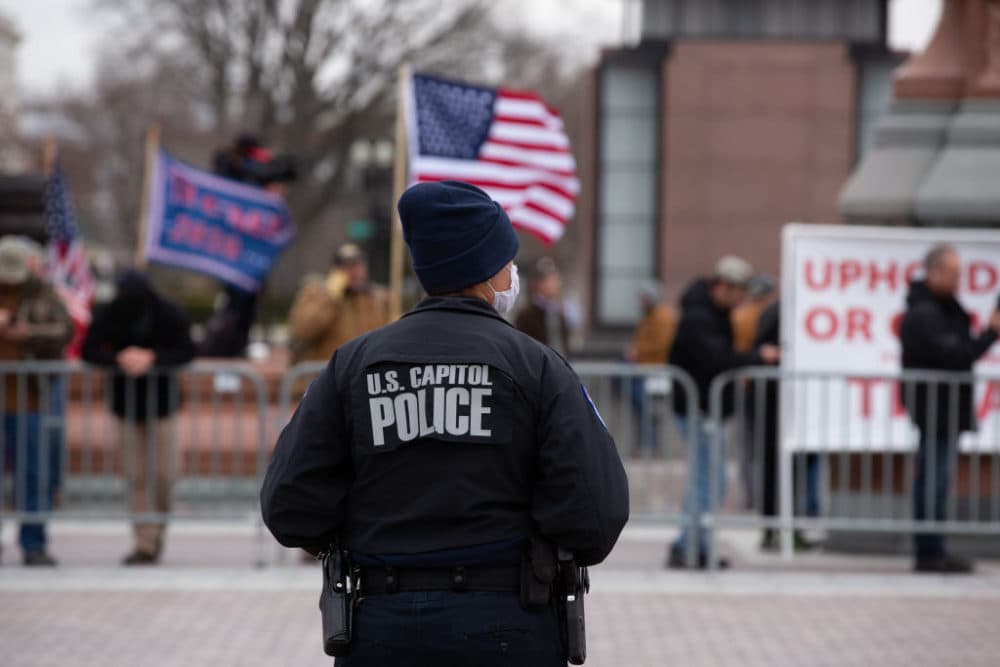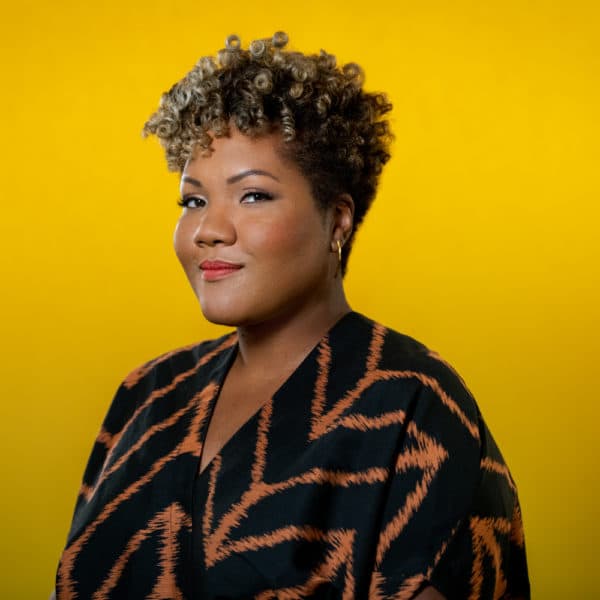Advertisement
'This Is America': The Stark Contrast Between Police Response To Capitol Mob And BLM Protesters

Many Americans are noting the remarkable difference in how pro-Trump extremists were treated by police on Wednesday compared to Black Lives Matter protesters at past demonstrations.
Author and historian Ibram X. Kendi says he spoke to his mother after the violent attack on the Capitol building took place. He tweeted, "Just spoke to my 69-year-old mother. First thing she said: ‘If these people would have been Black, then they ALL would be dead.’ ”
Kendi, founding director of Boston University’s Center for Antiracist Research, says there was a striking contrast between how police responded to the pro-Trump mob and Black Lives Matter protesters over the summer.
“Those demonstrations were, of course, against police violence and racism, and 93% of those demonstrations, according to one study, were peaceful. But then still, many of those demonstrators faced police violence, faced a massive military force,” he says. “And by contrast, we did not see that yesterday, even though this mob attacked the sort of citadel of America.”
The insurrection also brought into clear view who has the right to protest in this country, Kendi says. Not much has changed throughout history: Black and Brown people, women and other marginalized groups still don’t feel free to “speak out against what is aggrieving them,” he says.
A lot of Americans compared what happened Wednesday in our nation’s capital to what happens in third-world countries. But the fact is that Americans are not above devolving into chaos, Kendi says. We’ve seen this happen time and time again since the Civil War.
“What happened at the U.S. Capitol has happened at state capitals. ... I mean, this is America,” he says. “We have to accept that this is historically happening and still is in this country.”
At the heart of this moment, Kendi says, is the “fundamental clash” between two opposing forces in this country: the forces of justice and injustice.
“Certainly when the force of justice has advanced, that force of [injustice] has essentially sought to stop that advance, oftentimes violently,” he says. “And Americans need to recognize that both forces are inherent [and] have historically existed within this country.”
Ashley Locke produced and edited this interview for broadcast with Tinku Ray. Samantha Raphelson adapted it for the web.
This segment aired on January 7, 2021.

